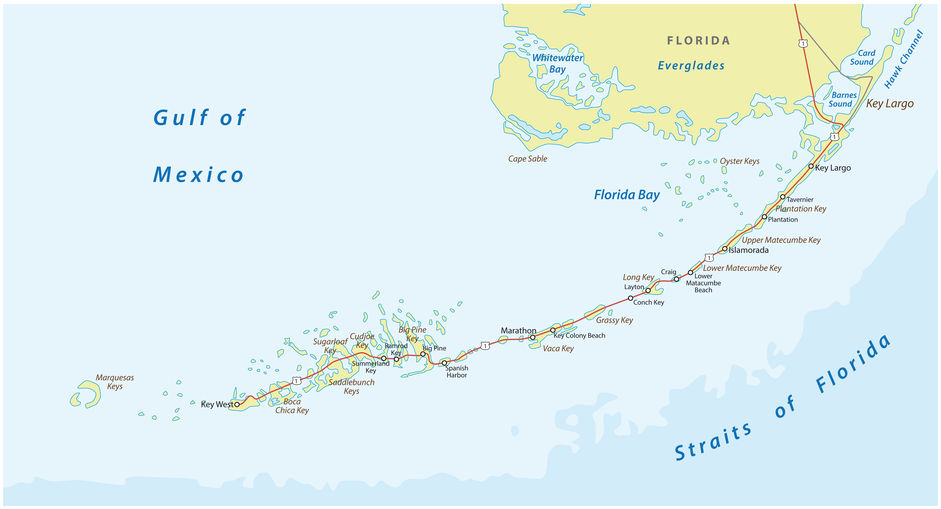A mid-sized rodent with reddish-brown fur on its sides, the Key Largo woodrat is a rare species found only in Southern Florida. With only an estimated 6,500 in the wild, it was placed on the Endangered Species List in 1984 and has been slow to scamper its way back to healthy numbers ever since.
Today, conservationists are making some headway – but their efforts are being stymied by a cute and cuddly menace: namely, cats.
As reported in Scientific American:
“Fifteen years ago, in a last-ditch attempt to save the woodrat from extinction, conservationists teamed up with Disney … to begin a captive breeding program at the Animal Kingdom in Orlando. Over several years wildlife biologists successfully bolstered the woodrats’ numbers in captivity. The real test, though, would be surviving back in Key Largo (the woodrat’s natural habitat).
Local conservationists had repeatedly asked the Ocean Reef Club, which fed and cared for [stray] cats through a program called ORCAT, to figure out how to keep them contained [in the refuge where woodrats would be let go]. But ORCAT demurred: the cats were being scapegoated for a long list of problems, and anyway it would be impossible to restrict them all to the 2,500-acre property.
Over several weeks in 2010 and 2011, biologists released 27 tagged woodrats into the refuge. Within weeks cats killed every one of them.”
That cats pose a problem to woodrat recovery is sure, but perhaps even more problematic is taking on the cat’s advocates. Organization’s like ORCAT passionately oppose the culling and rounding up of feral felines as they view it as cruel and unusual punishment – even if they put endangered species like the Key Largo woodrat at risk. They prefer to see wild cats captured, sterilized, and returned to the wild.
Their “solution” has merit in that it has been shown to reduce feral cat numbers over time — but is of little comfort to those charged with resuscitating woodrat numbers immediately today. Neutered cats, conservationists counter, may be unable to reproduce, but they still go on killing and munching on woodrats. Until wild cat numbers go down, other approaches must also be taken.
Just what those approaches will be, however, remain to be seen.
For more information, you can read the full story at Scientific American.
